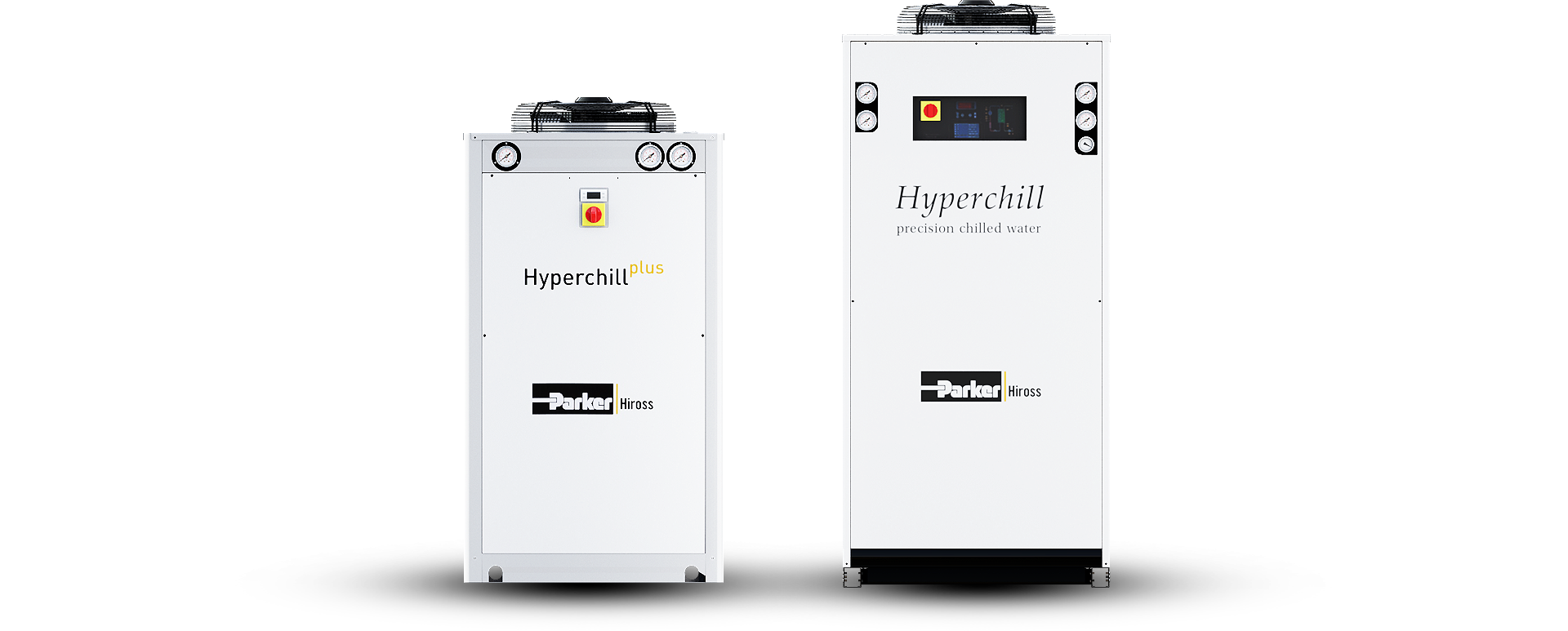The Hyperchill and Hyperchill Plus range of products offer a robust and reliable cooling solution. The location and positioning of the chiller is critical to achieving and maintaining the correct cooling performance.
In general, most of the chiller range can be located both internally or externally. The following guidelines apply:
Internal Installation
Chiller models ICEP002, ICEP003 & ICEP005 have an Ingress Protection (IP) rating of 33 and must be located and installed internally.
Internal and External Installation
Hyperchill Plus models from ICEP007 and above are IP54 rated and are suitable for installation both internally and externally. This is also the case for the Hyperchill product range.
Chiller Positioning
Ventilation around the chiller is essential for maintaining system performance. The fundamental purpose of the chiller is to remove heat load from the water circuit to the local atmosphere. If the local environment is inadequately ventilated, heat will build up in the circuit and the chiller will sound and alarm. Please consider the following:
- Position the chiller in a well-ventilated area.
- Ensure the chiller has adequate free air space at the sides, rear and above the unit (please refer to the operation and maintenance manual for specific clearance details).



